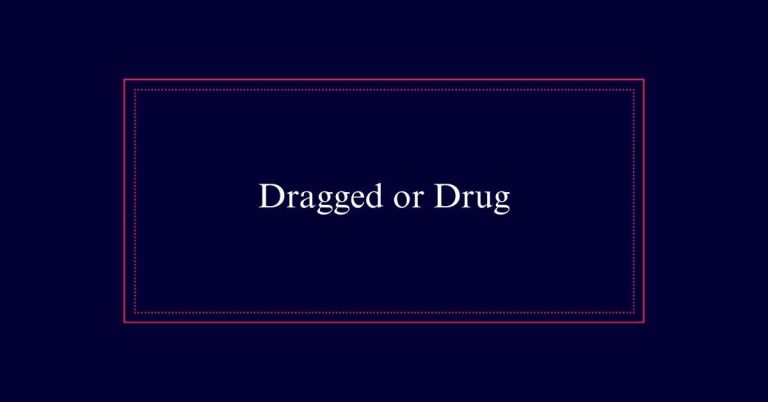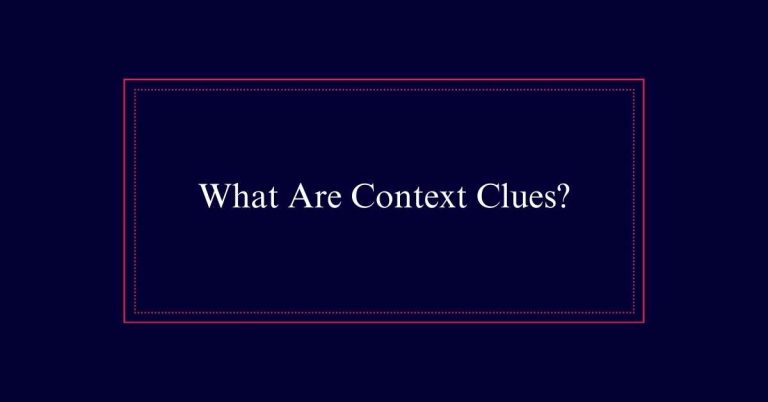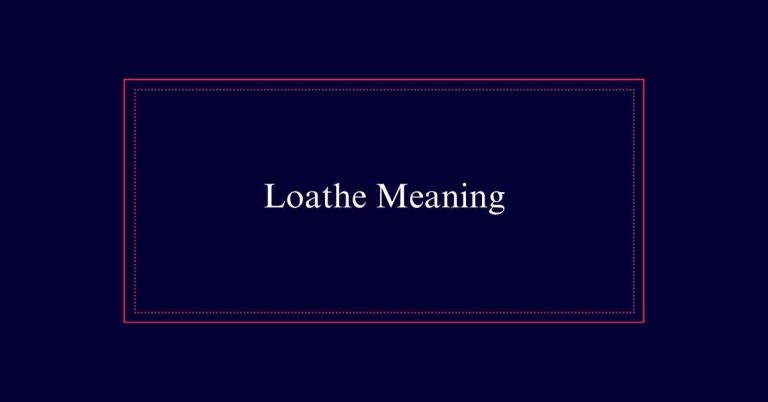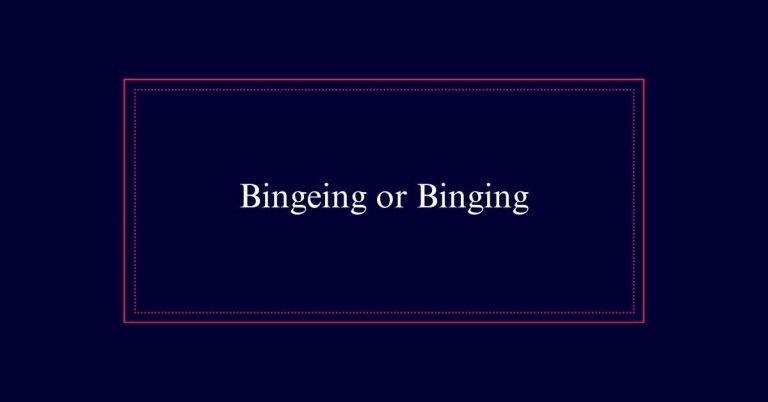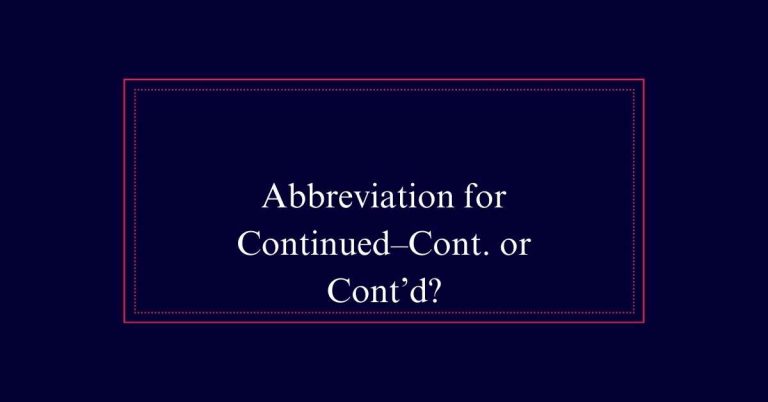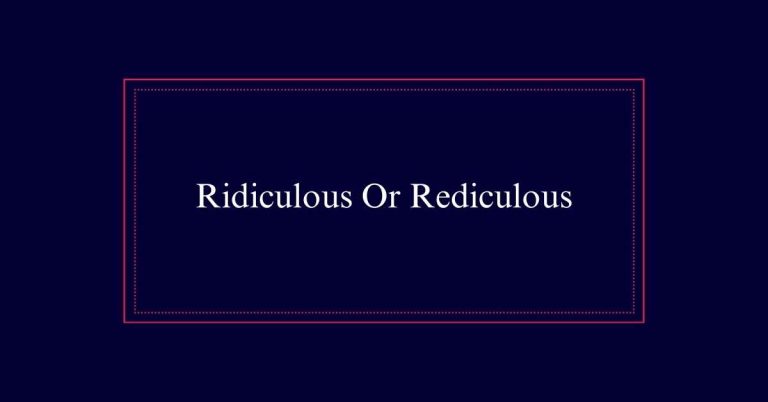No-one, Noone, or No One?
The correct form to use is ‘no one.’ This spelling follows standard grammatical conventions and enhances clarity and professionalism in your writing. The form ‘noone’ is incorrect and should be avoided. Meanwhile, ‘no-one’ is less common but sometimes seen in British English.
Preferred Spelling of ‘No One’
Why is ‘no one’ the preferred spelling?
The term ‘no one’ is widely accepted because it follows standard grammatical conventions. It is clear and easily understood. Using ‘no one’ in two words avoids ambiguity, guaranteeing readers grasp the intended meaning.
While the hyphenated form ‘no-one’ is still acceptable, it is less common. The variant ‘noone’ is incorrect and should be avoided. Consistently using ‘no one’ enhances the clarity and professionalism of your writing.
This standard form is recognized internationally, making it the preferred choice in formal and informal contexts.
Incorrect Forms to Avoid
When discussing the term ‘no one,’ it is crucial to avoid incorrect forms like ‘noone.’ The spelling ‘noone’ is a common mistake and is not accepted in standard English. This incorrect form can lead to confusion and may undermine the clarity of your writing.
Another form to be cautious of is ‘no-one.’ While it is less common, ‘no-one’ is still used, but ‘no one’ remains the preferred and more standard form. Consistently using the correct spelling, ‘no one,’ helps maintain the professionalism and accuracy of your writing.
Usage in Sentences
Using ‘no one’ correctly in sentences enhances clarity and professionalism in your writing. This simple two-word phrase guarantees your meaning is understood without confusion.
Here are some practical examples to illustrate its proper use:
- In Statements: ‘No one showed up to the meeting.’
- In Questions: ‘Is there no one available to help?’
- In Negative Contexts: ‘No one could solve the problem.’
- In Comparative Sentences: ‘No one works harder than she does.
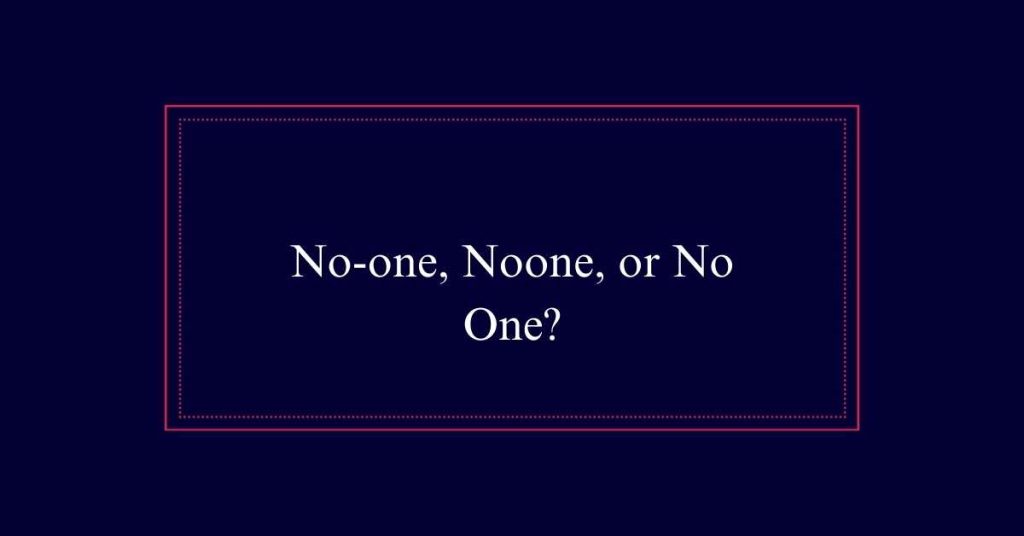
Common Mistakes Explained
An important mistake is combining ‘no one’ into the incorrect form ‘noone.’ This error likely arises from misinterpreting the spacing rules. Noone’ is never correct and should be avoided in all writing contexts.
The accepted form is always ‘no one,’ which clearly separates the two words. Another frequent error is hyphenating ‘no one’ as ‘no-one.’ While this variant is less common and sometimes seen, sticking to the standard ‘no one’ is advisable for clarity and consistency.
Hyphenated Variant
The hyphenated variant ‘no-one’ is less common but still occasionally seen in written English. Though ‘no one’ is the preferred form, the hyphenated version can still be found in some texts.
Here are four points to take into account regarding its usage:
- Regional Preferences: Some regions, particularly in British English, may use ‘no-one’ more frequently.
- Clarity: The hyphen can sometimes add clarity by distinguishing ‘no-one’ from a potential misreading as ‘noon.’
- Style Guides: Many style guides recommend ‘no one’ for consistency and simplicity.
- Evolution: Language evolves, and usage patterns shift, which means some older texts may still use ‘no-one.’
Importance in Writing
Correct spelling and usage of ‘no one’ is crucial for maintaining clarity and professionalism in writing. Using the correct form guarantees that the reader understands the message without confusion. ‘No one’ should always be written as two separate words. This standard form is widely accepted and expected in formal writing.
Misusing ‘no one’ by combining it into one word or using the hyphenated version can appear unprofessional. It can also distract the reader from the content. Consistency in spelling is key to effective communication. By adhering to the standard ‘no one,’ writers can uphold credibility and avoid common mistakes.
Regional Variations
Regional variations in the spelling of ‘no one’ reflect the diverse linguistic preferences across different English-speaking countries. While ‘no one’ is widely accepted as the standard form, some regions have unique tendencies.
For instance, the hyphenated ‘no-one’ is more commonly found in British English, although it remains less frequent than ‘no one.’ Understanding these regional preferences can aid in writing for a global audience.
Here are key points to take into account:
- United States: ‘No one’ is the standard and preferred form.
- United Kingdom: Both ‘no one’ and ‘no-one’ are used, with ‘no one’ being more common.
- Australia: Similar to the UK, both forms are recognized.
- Canada: Follows closely with the US, favoring ‘no one.’

